
My first plant! Got this Zebra Cactus recently from the plant sanctuary. I'm a newbie to plant
Haworthia attenuata, or zebra cactus, is a slow-growing indoor or outdoor plant that's dead-simple to care for. Kevin Espiritu Last updated: July 18, 2023 6 min read Haworthia succulent types Haworthia attenuata, or the zebra plant is potentially the easiest to grow.

Zebra Cactus Haworthia Fasciata Plumeria Botanical Boutique
Zebra haworthia ( Haworthiopsis attenuata) is a small succulent that is native to South Africa. The Haworthiopsis family contains many species, but attenuata is the one most often grown. They were "discovered" by Europeans in the 1600s and brought to Europe where they have been popular ever since.

Haworthia Attenuata or Zebra Cactus Care Guide
The zebra plant (Aphelandra squarrosa) is a tropical plant that is easy to grow indoors. Native to South Africa, the Zebra Plant is a succulent with beautiful white and green markings that resembles a zebra.. This beautiful succulent with striped leaves is known as the Zebra Plant, Zebra Cactus, or Zebra Haworthia.There are many things to.
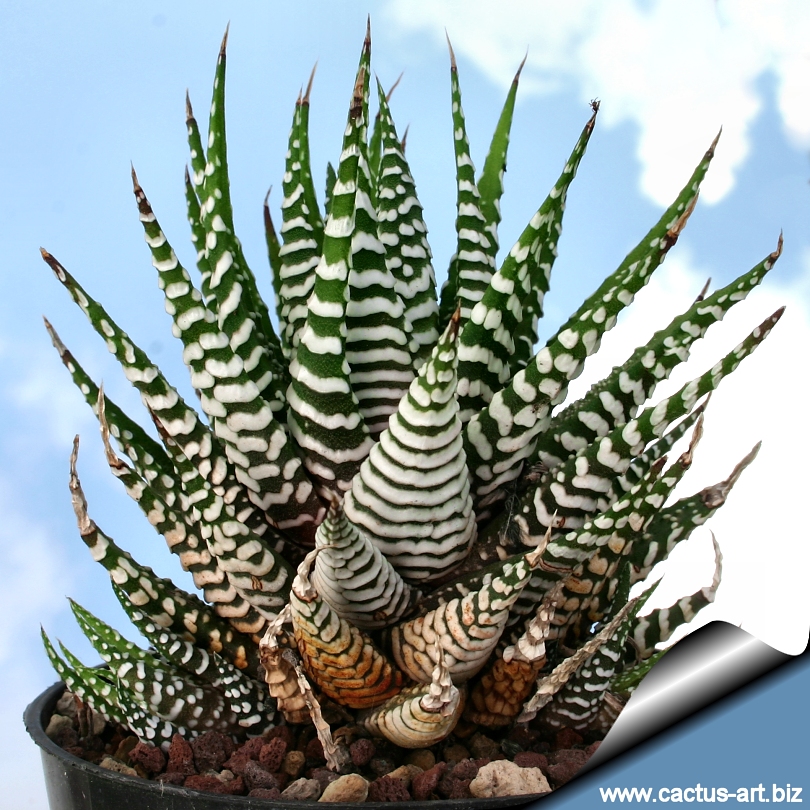
Zebra Plant Cactus Haworthia attenuata (zebra cactus plant) small succulent, evergreen, short
If planting the zebra cactus in the ground, choose a sunny spot. Strong sunlight may burn the leaves, so they should be planted in the sunniest area that does not get very strong midday sun. If planting it in a pot, use a 6-inch pot with drainage holes. Cover the roots with soil. Space plants 6 inches apart when planting more than one.
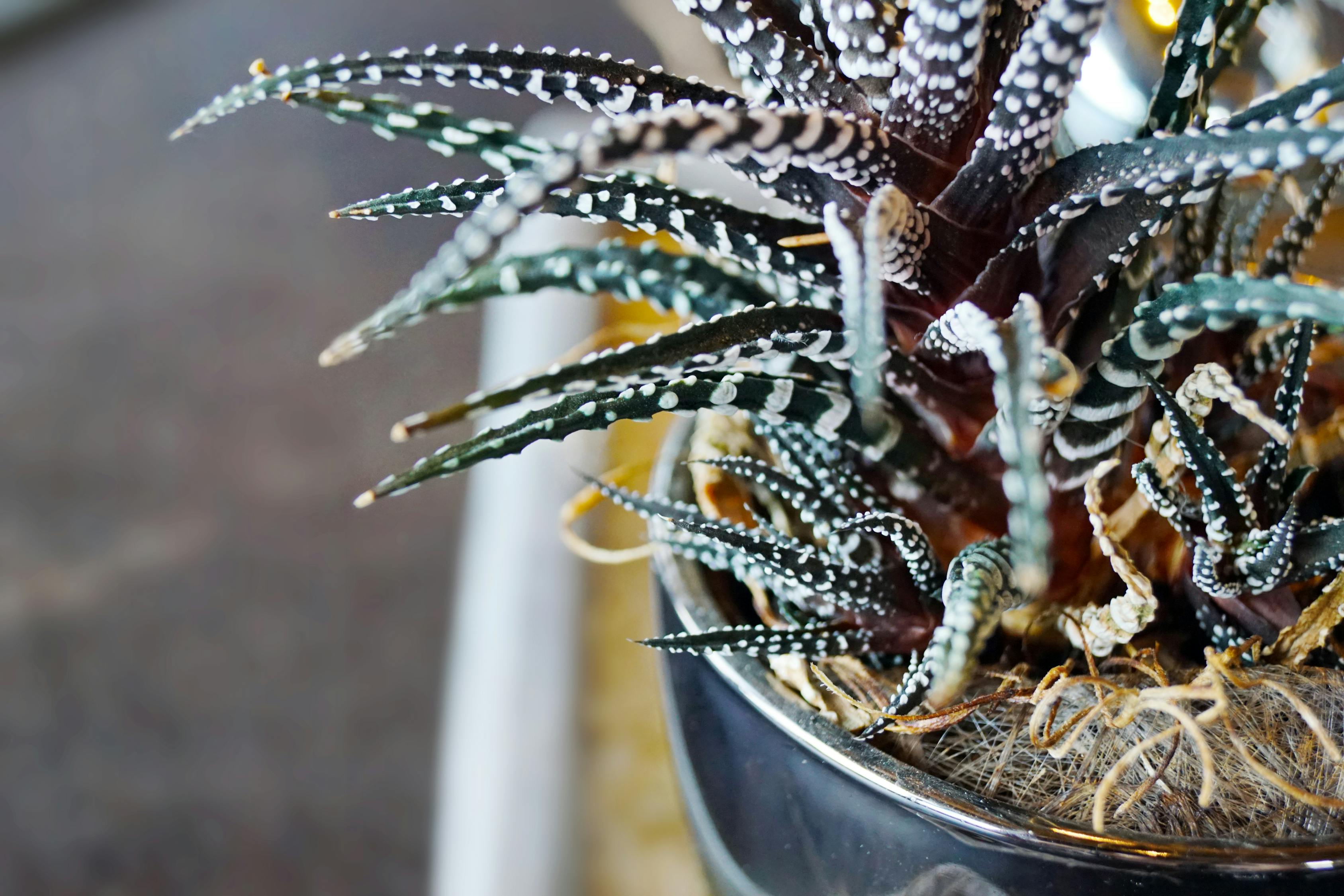
Closeup Photo of Green Zebra Cactus Plant · Free Stock Photo
The Haworthia fasciata, also called "Zebra Plant" or zebra Haworthia, is a small-growing succulent with a spiky appearance. The common name for this fleshy succulent plant comes from its bumpy white zebra-like markings on the leaves.

How To Care Zebra Cactus How To Care Info
Zebra Plants are clump-forming plants in the wild, so they can be grown with several or as many as you like in one container. Photo by Whispering Effects Advertisements Growing Conditions Temperature: These succulents prefer temperatures between 65 to 80 °F (8 to 26 °C).

Zebra cactus plant (Haworthia fasciata) Dear Plants
This Haworthia is also known as a zebra cactus or zebra plant because of its striped pattern. Haworthia attenuata and Haworthia fasciata are also known as zebra Haworthia [Photo: shinoportogis/ Shutterstock.com] Haworthia pentagona: This variety has a more plain and simple appearance. The leaves have a beautifully rich green colour and have no.

Zebra Cactus Care Guide Fiddle & Thorn in 2021 Cactus, Cactus care, Plants
The Zebra plant is a low-growing succulent that can eventually reach a height of 4-8 inches. This heavily suckering plant forms proliferating rosettes arising from the base. Haworthiopsis fasciata is native to the Eastern Cape of South Africa.
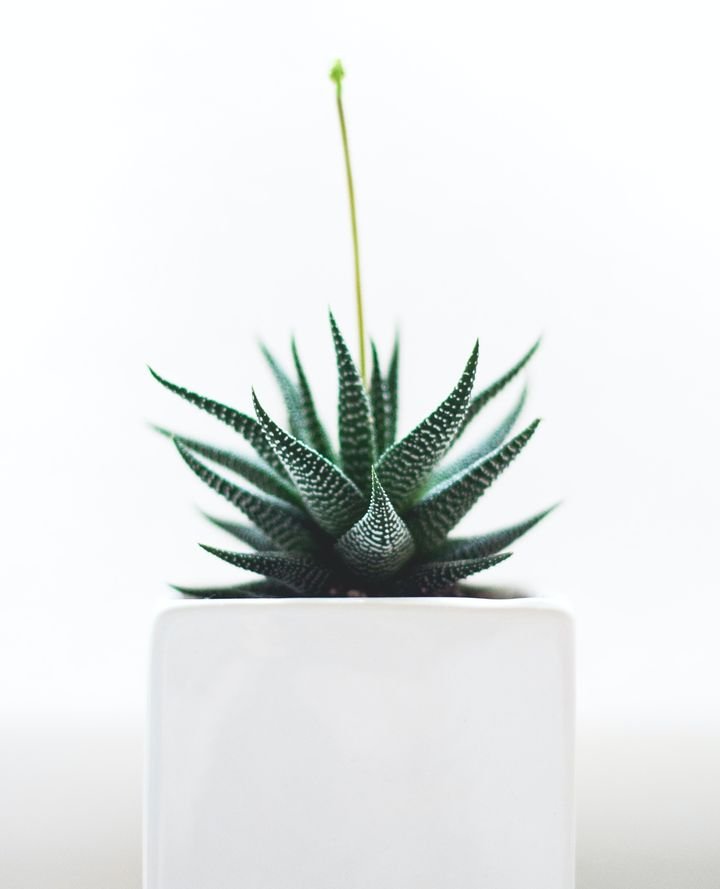
Zebra cactus plant (Haworthia fasciata) Dear Plants
Perhaps the most popular varieties are H. attenuata and H. fasciata, both are commonly known as the Zebra Cactus. The white wart-like tubercles cover the back of the leaves often in a stripy arrangement which resembles a Zebra stripe pattern ( the first photo in the article above and the middle plant in the photo below ). A lot to take in?

How to Grow a Zebra Cactus Home Guides SF Gate
Temperature & Humidity. The ideal temperature range for the Haworthia is between 60 to 85 F. The plant can be grown outdoors only in zones 9-11. The Zebra Cactus does not tolerate temperatures below 30 F, so if you live in an area where temperatures fall below 30 F during winter, you'll need to move the plant indoors for the winter.

Zebra Plant succulent cactus kaye m debona photography
Zebra plants (Zebra cactus) are excellent succulent plants for sunny indoors and bright window sills. These succulent plants are further sub-divided into small sections for easy identification. Haworthia attenuate These succulents are also called zebra haworthia or zebra plants.
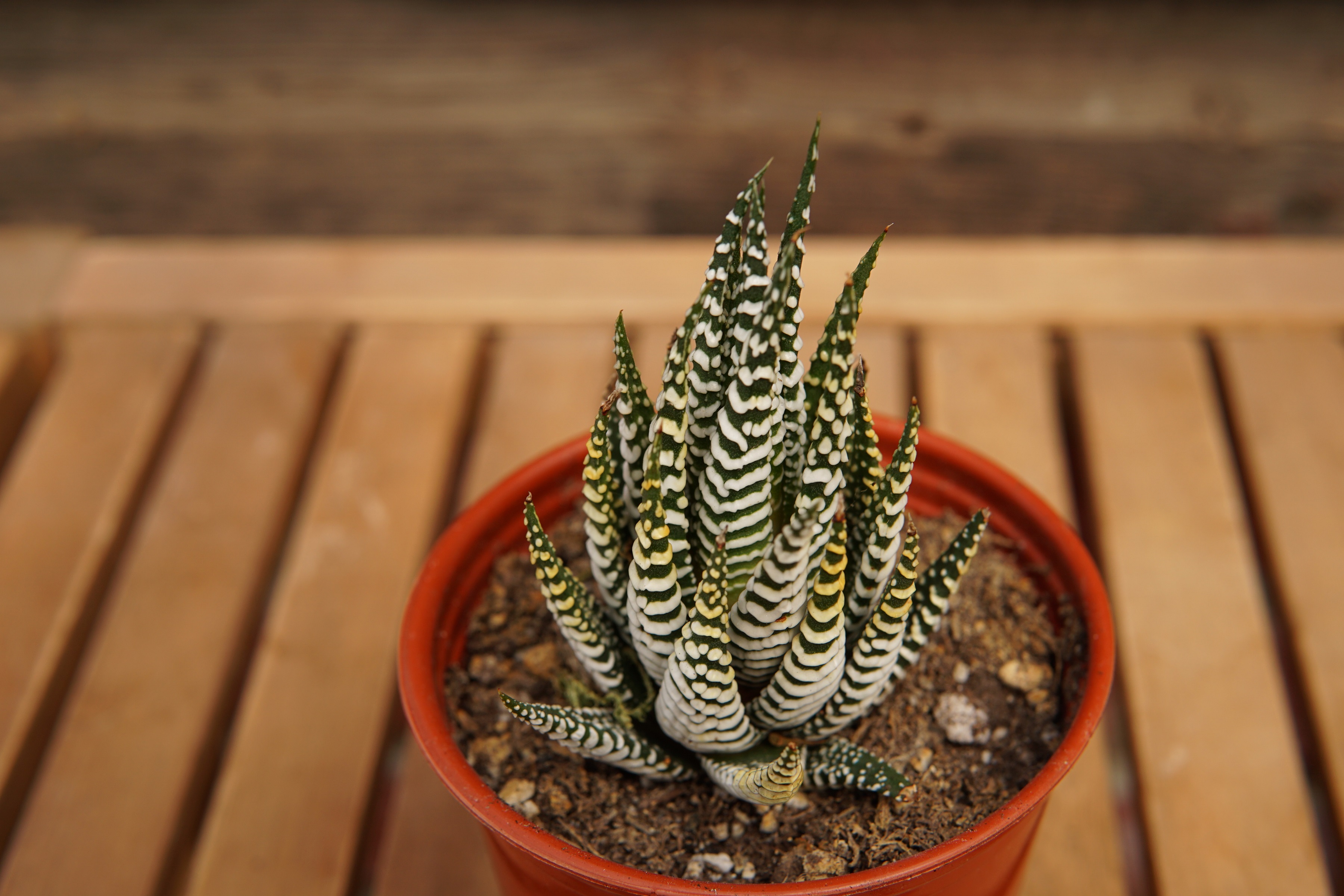
Zebra Cactus • Kiwi Nurseries Ltd
How to Propagate Zebra Fasciata Cactus. Succulent zebra plants propagate easily - the same as Aloe plants. Take cuttings from the clump-forming mother plant, no longer than just a couple of inches long. Let them dry for a few days, allowing the wound to heal, before planting. Haworthia plants also produce pups or offsets from the parent plant.
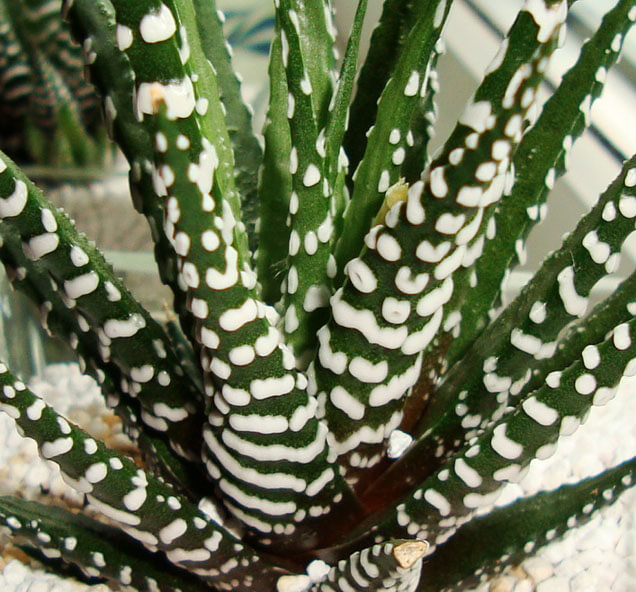
Haworthia (Zebra Cactus / Pearl Plant / Star Window Plant) Guide Our House Plants
Gently remove the zebra plant from the container to examine its base. First, gently remove it from the existing container to get a closer look at the base of the plant. If it gets stuck, squeeze the sides of the pot or run a knife along the edge to release the roots. Pull gently to avoid damaging any of the leaves.
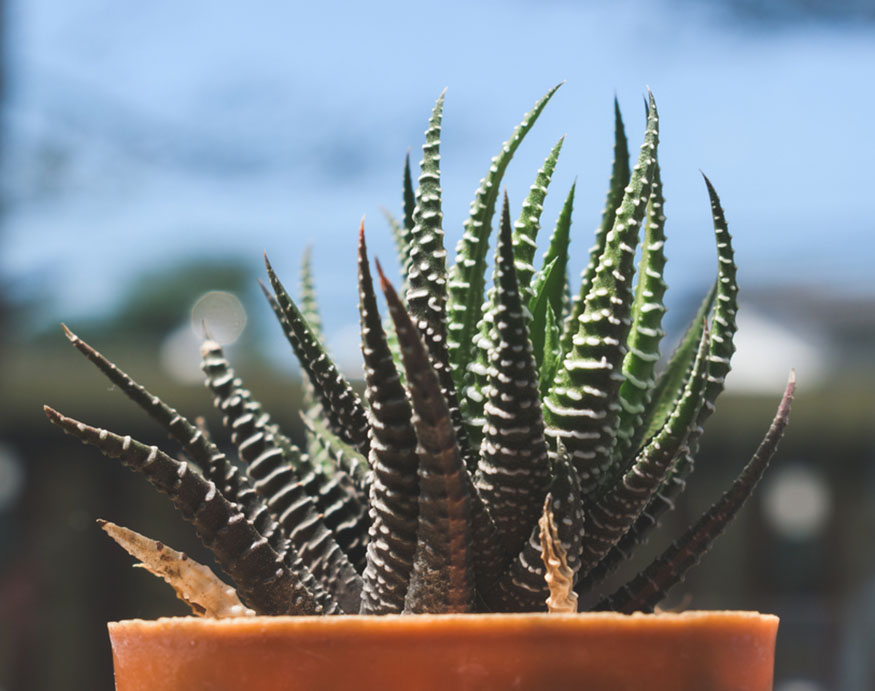
"Zebra Plant" Haworthiopsis Fasciata & Attenuata Essential Home And Garden
Zebra Plant Care Native to Brazil, the zebra plant is a beautiful—but temperamental—plant. If you're up for the challenge of nurturing this tough plant, begin by choosing a spot for it that boasts a slightly higher humidity level (60 to 70 percent) and a temperature above 60 degrees Fahrenheit.
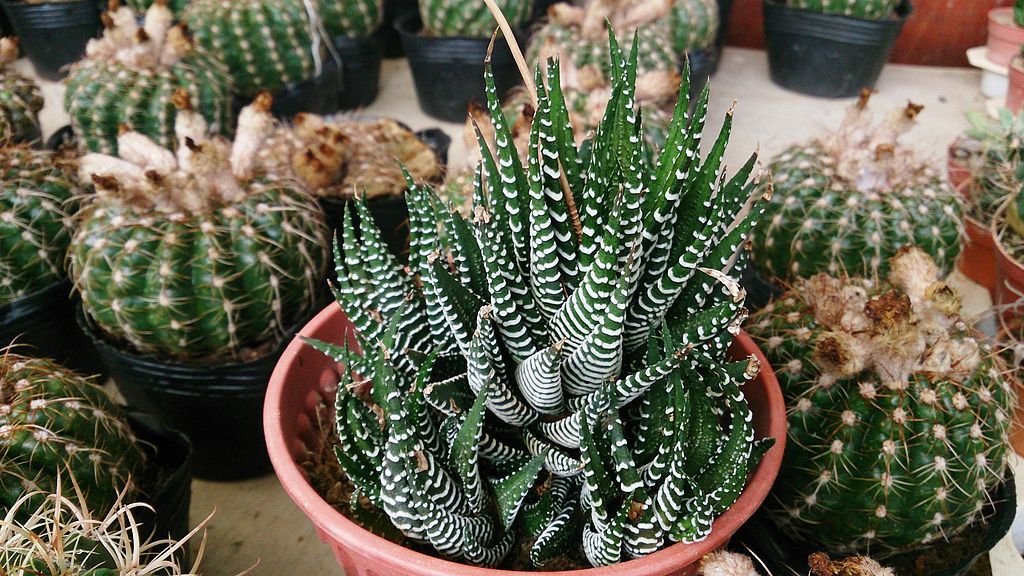
Zebra cactus plant (Haworthia fasciata) Dear Plants
Zebra Haworthia plants are clump-forming plants related to Aloe and native to South Africa, as are many succulents. Both H. attenuata and H. fasciata have large leaves that hold water. Rigid, evergreen and somewhat unusual, dedicated collectors brought them to Europe in the 1600's. Since then, many people grow Haworthia succulents.
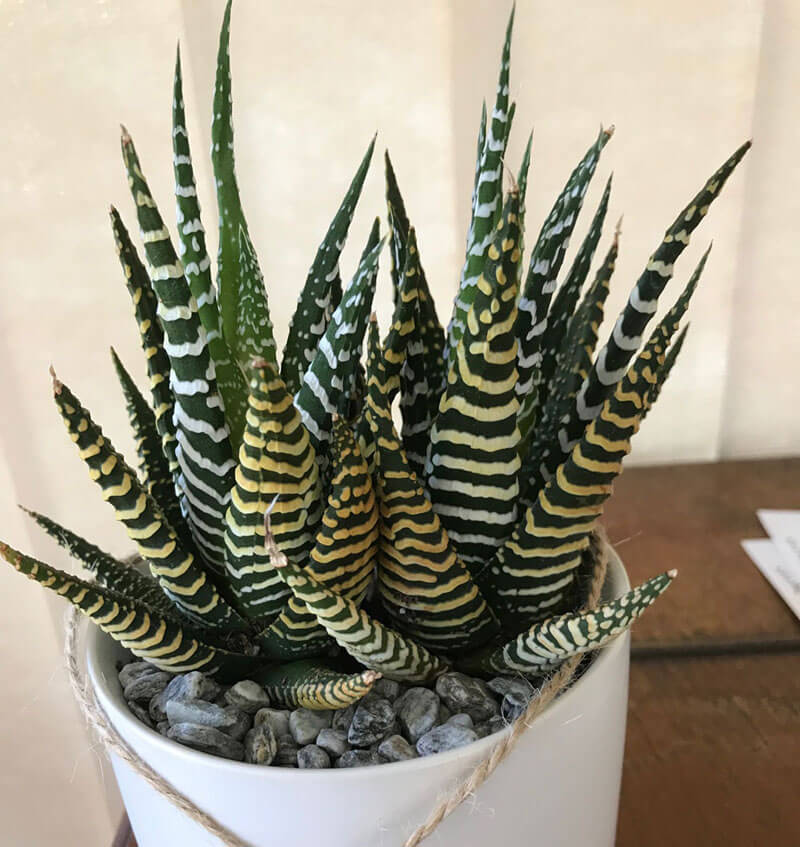
Haworthia (Zebra Cactus / Pearl Plant / Star Window Plant) Guide Our House Plants
snake plant Home / Plant Guides / Zebra Plant Zebra Plant The zebra plant features dramatic dark green leaves with bold white striping. It's a higher care plant that can pay off big with its high-contrast leaves and statuesque form. In the proper conditions, zebra plants can sprout bright yellow, spiked flower clusters that can last up to 6 weeks!